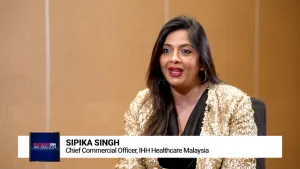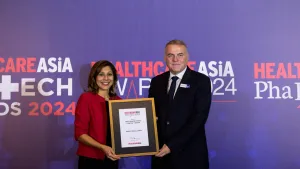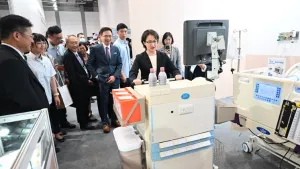
Experts urge APAC to rethink universal healthcare
A white paper recommends a new model for healthcare delivery and financing.
There is a better means to bring health care services to patients than universal health care, experts from KPMG Singapore and Sanofi.
With the support of the World Economic Forum, the two companies worked together to publish a report called UHC 2.0: Charting A Course To Sustainable Healthcare And Financing In The Asia-Pacific
The paper explained the gaps in current healthcare delivery and financing models and solutions towards ensuring that healthcare delivery and financing designs in the Asia Pacific can sustain themselves.
"The Asia-Pacific region is home to about 60% of the world's population, yet it's faced with multiple challenges when it comes to delivering and financing healthcare systems. With ageing populations, rising communicable and non-communicable disease cases, and the impact of the COVID-19 pandemic providing the impetus, healthcare providers should look towards adopting more sustainable and long-term modes of financing and delivering healthcare. These can include creative methods such as leveraging capital market surpluses and consumer incentives for funding needs, as explained in our white paper," said KPMG Singapore advisory partner Guillaume Sachet.
According to Sanofi Asia public affairs lead Ada Wong, "Preventive care funding is key to building sustainable and resilient healthcare systems as well as a healthy population. Apart from health screenings, life-course immunisation or vaccination throughout life is an important part of preventive care. Life-course immunisation not only helps individuals maintain good health but can bring public health and socio-economic benefits. It is one of the most cost-effective public health interventions in preventive care and can save millions of lives."
The white paper lays out Universal Health Coverage 2.0 or UHC 2.0, which is a model designed for generational impact and ensures that healthcare delivery and financing designs in the region can sustain themselves. The white paper also reflects the most pressing healthcare needs currently: life-course immunisation, diabetes management, and rare diseases.


















 Advertise
Advertise


